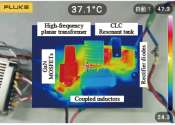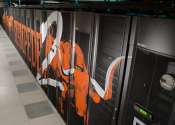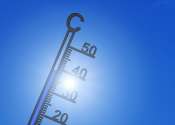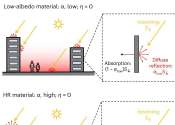Scientists develop high-boost and high-efficiency DC power converter
A new electrical power converter design achieves a much higher efficiency at lower cost and maintenance than before. The direct current voltage boost converter developed by Kobe University is poised to be a significant contribution ...
Apr 1, 2024
0
134









